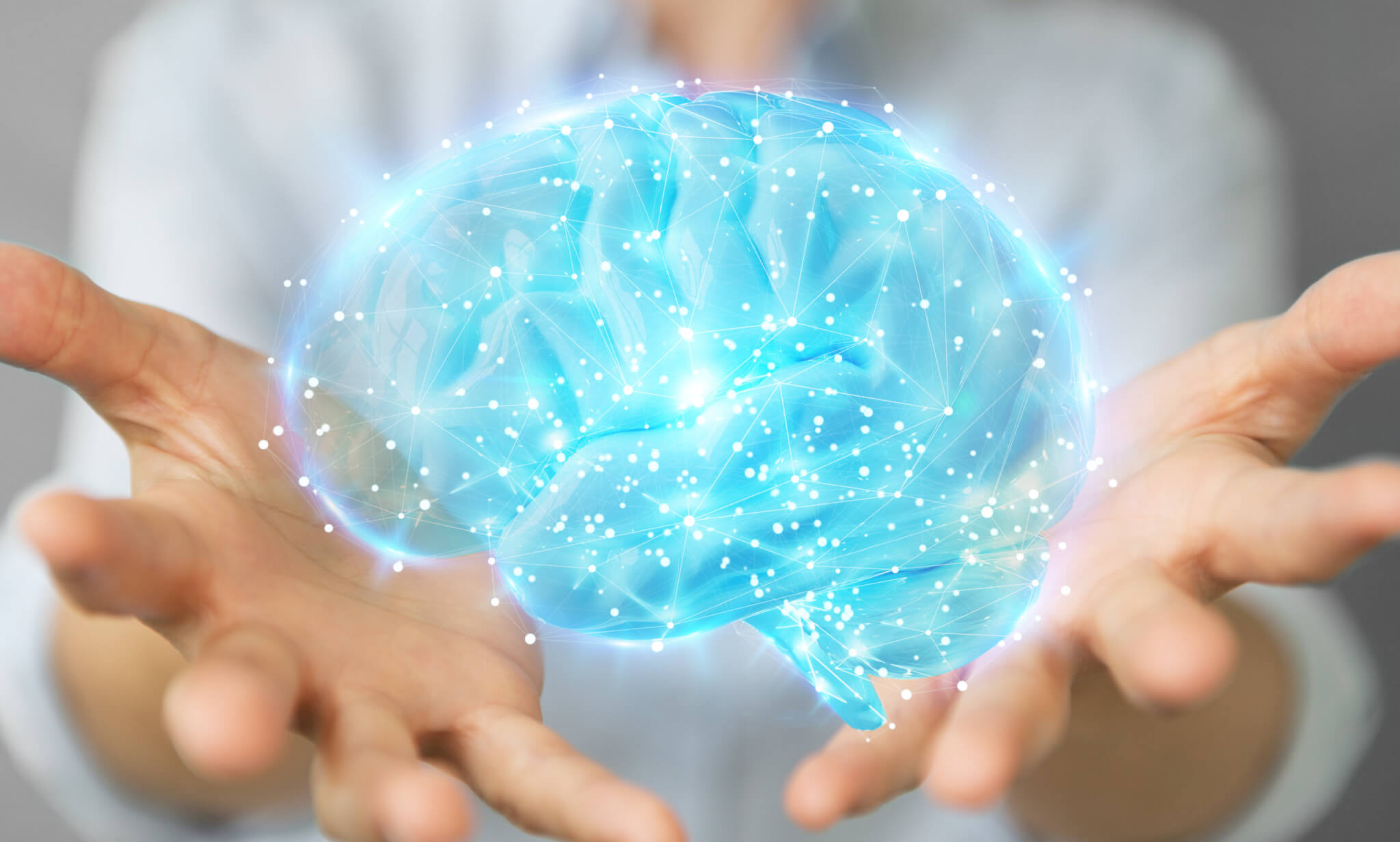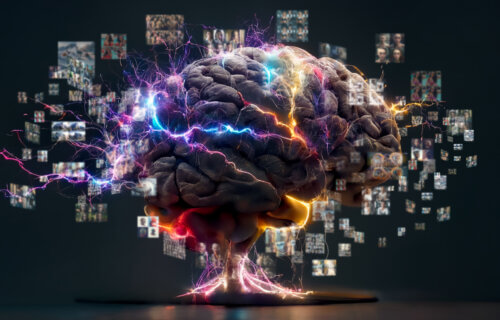JERUSALEM — For centuries, the question of consciousness has captivated philosophers, scientists, and thinkers alike. What is it that allows us to experience the world around us, to feel emotions, to remember the past, and to imagine the future? While there have been many theories, the exact mechanisms underlying consciousness have remained a mystery. Now, a team of researchers is proposing a new model that aims to bridge the gap between the physical workings of the brain and the subjective experience of consciousness.
At the heart of this new model is the idea of memory. According to study authors Gerard Marx of MX Biotech and Chaim Gilon of the Institute of Chemistry at Hebrew University, memory is “the central phenomenon of consciousness.” Without the ability to store and recall information, they argue, consciousness would have no meaning. But the question remains: how exactly does the brain, a complex network of billions of neurons, give rise to the rich tapestry of our conscious experience?
To answer this question, Marx and Gilon have turned to the world of computers for inspiration. In the realm of artificial intelligence, information is often represented in binary form – a series of ones and zeros that can be processed and stored by a computer. This binary “information” is the foundation of a computer’s memory. But the researchers, whose paper is published in the International Journal of Psychiatry Research, argue that the “cognitive information” encoded by the human brain is fundamentally different.
Unlike the binary information of computers, cognitive information represents emotive states – the feelings, emotions, and sensations that color our conscious experience. These emotive states, Marx and Gilon propose, are encoded by the brain using a complex interplay of neurotransmitters and trace metal cations within the extracellular matrix that surrounds neurons.
To understand this process, it helps to think of the brain as a vast, interconnected network. Each neuron in this network is like a tiny processing unit, receiving input from other neurons and sending output to its neighbors. However, neurons don’t operate in isolation. They are surrounded by a complex scaffold known as the extracellular matrix, a mesh-like structure that provides both physical support and a medium for chemical signaling.

It is within this extracellular matrix, Marx and Gilon suggest, that the brain encodes cognitive information. Specifically, they propose that trace metal cations, such as zinc and copper, can bind to specific sites within the matrix, creating a sort of molecular “address” for storing information. Neurotransmitters, the chemical messengers that allow neurons to communicate, can then interact with these metal cations, forming complex structures that represent specific emotive states.
This process, which the researchers call the “tripartite mechanism” of memory, allows the brain to encode and store the rich, emotive information that underlies our conscious experience. But storing information is only half the battle. For consciousness to emerge, this information must also be integrated and processed on a global scale.
This is where the concept of the “Global Neuronal Network” (GNW) comes into play. The GNW hypothesis, which has gained traction in recent years, proposes that consciousness arises from the coordinated activity of neurons across multiple brain regions. According to this view, information is constantly flowing between different areas of the brain, allowing for the integration of sensory, emotional, and cognitive processes.
Marx and Gilon propose that their tripartite mechanism of memory fits neatly into the GNW framework. The emotive information encoded by individual neurons, they suggest, is consolidated and integrated by the larger anatomical units of the brain, giving rise to the unified, conscious experience that we know as the mind.
To put it another way, if the tripartite mechanism is like the individual pieces of a jigsaw puzzle, the GNW is the completed picture that emerges when those pieces are put together. Each neuron, with its unique configuration of metal cations and neurotransmitters, contributes a small part of the overall conscious experience. But it is only through the coordinated activity of the entire brain that the full picture of consciousness emerges.
“Without memory, consciousness has no meaning,” the authors conclude in their paper.
Of course, this is still a theoretical model and much work remains to be done to validate and refine these ideas. However, Marx and Gilon’s proposal represents an exciting new direction in the study of consciousness, one that bridges the gap between the molecular workings of the brain and the subjective experience of the mind.
